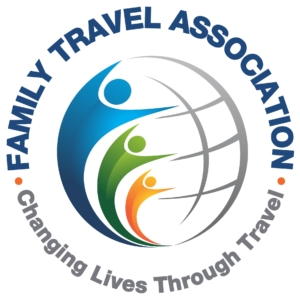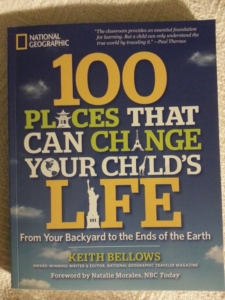Part of something very special
 You don’t have to read many of my posts to understand that a) I think pretty deeply about family travel and b) I’ve got ideas for how to change public perception about traveling families overall. You also don’t have to dig too deep to discern that even though I’m a man of words, I also am a man of action.
You don’t have to read many of my posts to understand that a) I think pretty deeply about family travel and b) I’ve got ideas for how to change public perception about traveling families overall. You also don’t have to dig too deep to discern that even though I’m a man of words, I also am a man of action.
This is precisely why I’m proud to announce that I’ve joined the Board of Advisors for a brand new organization, the Family Travel Association (FTA).
The mission of the organization is simple: To inspire families to travel and to advocate travel as an essential part of every child’s education. In short, the FTA emphasizes the role of travel in the development of our children, and prioritizes travel as an important activity for family bonding and development.
These all are concepts I embrace wholeheartedly.
In the beginning, my role will be to help guide the organization in terms of policies and procedures. I’ll probably do some writing for the group, too, and hope to put together some original pieces for distribution through traditional channels. Over time, this role likely will grow (though I’m not sure how).
I’m honored to be on an all-star team of advisors; a team that includes Keith Bellows, senior vice president and editor-in-chief of National Geographic Traveler magazine; Laura Davidson, president and founder of Laura Davidson Public Relations; Lynn O’Rourke Hayes, editor of FamilyTravel.com; Kyle McCarthy, editor of Family Travel Forum; and Amie O’Shaughnessy, editor of Ciao Bambino (to name a few).
Of course I’m also delighted to work with the organization’s founder, my friend (and a former publisher at National Geographic), Rainer Jenss.
Stay tuned for more updates about my work with the FTA and some of the projects we’ll launch in the first part of 2015. In the meantime, check out this video that Rainer made to help newcomers understand what we’re all about.


